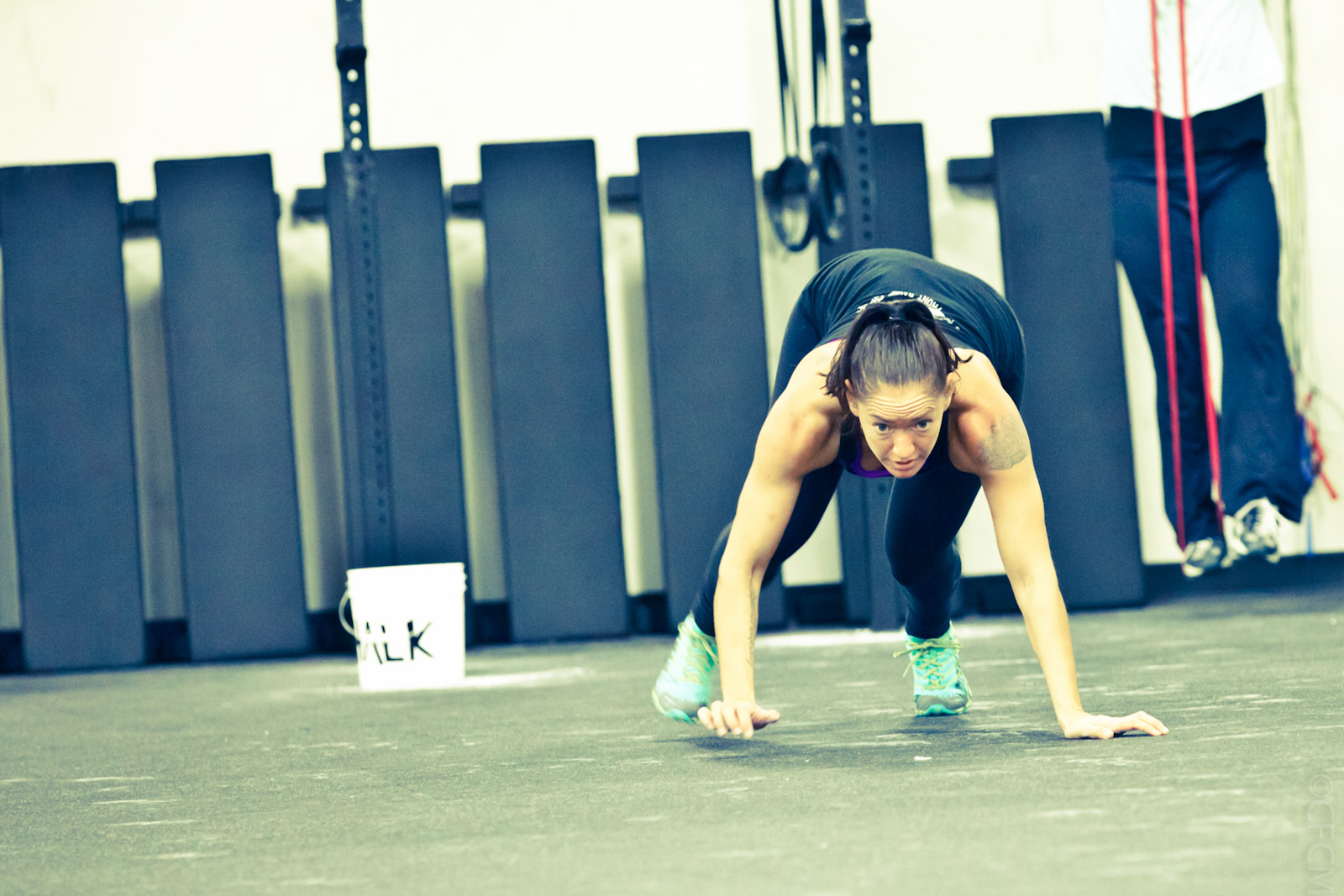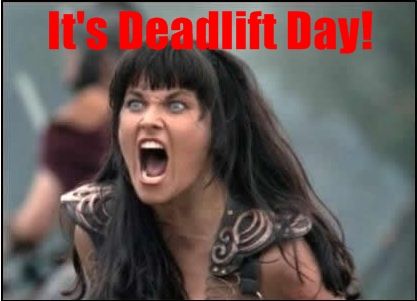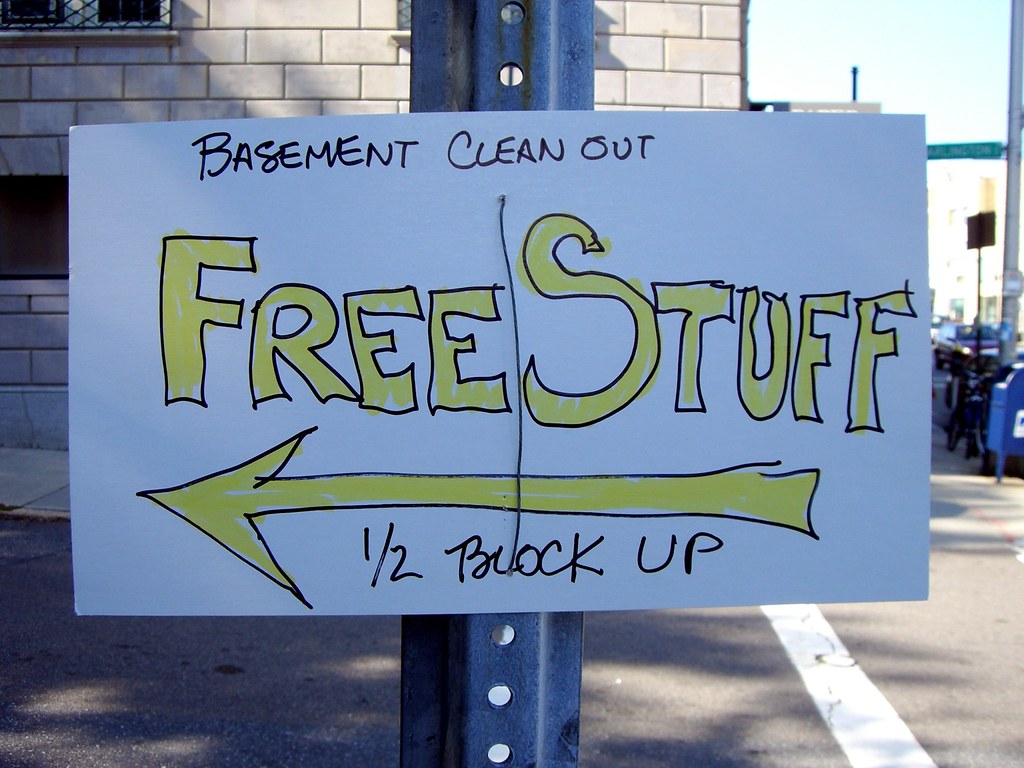This is the last post of 2016. Unbelievable. To cap off the “Year in Review” I wanted to highlight the most popular posts from my Exercises You Should Be Doing series.

But first, a brief aside.
Stuff to Check Out Before You Read Stuff
1. COREssentials
Beginning in mid-January 2017 I’ll be offering a new 6-week “beginner course” at CORE, called COREessentials. Get it?
The idea is to champion FOUR things:
1. Building Autonomy
2. Building Accountability
3. Building Competency
4. Building Community
5. BONUS: to build you into one sexy motherfucker.
Okay, that’s five things…but hopefully you get the idea. The program is going to target beginner level lifters who may either be lost in their training – just kind of haphazardly piecing together workouts with no rhyme or reason – or who may be intimidated altogether with the idea of strength training. The umbrella goal is to build focus and purpose with training.

The Deets
START DATE: Mid-January, 2017. Likely Monday, January 16th.
1. Groups will meet 2x per week at CORE (250 Cypress St, Brookline, MA) in predetermined AM and PM time slots.
2. Sessions will be 60-75 minutes in length and each one will be supervised by strength coach Jarrod Dyke, CSCS (I’ll be making cameo appearances as well and will be involved with the programming). The course will stress the basics – teaching participants various bodyweight, kettlebell, and (sometimes) barbell based movements designed to set the stage for continued success and growth (you know, that autonomy thing mentioned above).
3. There will also be a nutrition/mindset component as well. Shannon Wheel, a Boston-based Registered Dietitian, will be holding a few sessions throughout the course of 6-weeks covering nutrition as well as helping participants develop behavioral-based habits to compliment the training.
Too, my wife, Dr. Lisa Lewis, a behavioral and exercise psychologist, will be offering a mindset component designed to augment the process. She’ll tackle what goes on in our heads, and how to best curtail the roadblocks and negative self-talk that often hampers progress.
4. Weekly “homework/reading” assignments will be part of the process, along with email correspondence from the coaches to help keep participants on task.
5. There will also be a lot of EDM and 90’s hip-hop played (if I’m coaching anyways), and the likelihood of spontaneous dance or rap battles breaking out will be very high.
If you’d like more information or you know someone in Boston who may be a good candidate for this program please use the “Contact” function HERE.
2. Appearance on The Movement Fix Podcast
I’ve been a big fan of Dr. Ryan DeBell for a while now and have had a crush on his work for about a year or so. I was pumped that he reached out recently to invite me onto his podcast. We recorded it earlier this week and it’s already live.
In it we discuss why I don’t offer discounted training, mistakes new trainers make, and my “weird” introduction to blogging. You can check it out HERE.
2016’s Best Exercises To Do
Stationary Bear Crawl

First of all I believe the Bear Crawl is one of those exercises that many people 1) perform wrong and 2) have no clue what the actual benefits are. They’re just told by their coach or CrossFit instructor to do them and off they go.1
In this article I describe what the benefits are and how you can perform them when you don’t have access to a lot of turf or space.
Barbell Seal Row

I love me some rows. Here’s a dandy of an exercise I started using this year that quickly became a favorite.
Barbell Rolling Squat
I love this variation as an accessory movement to hammer the quads. It’s killer.
Social Media Highlight (of the past week)
It’s funny: the exercise that gets the most eye rolls when I program it is the push-up, yet most people can’t do 5 w/o making my eyes bleed
— Tony Gentilcore (@tonygentilcore1) December 27, 2016



.jpg)

.jpg)












_title_logo.jpg)







